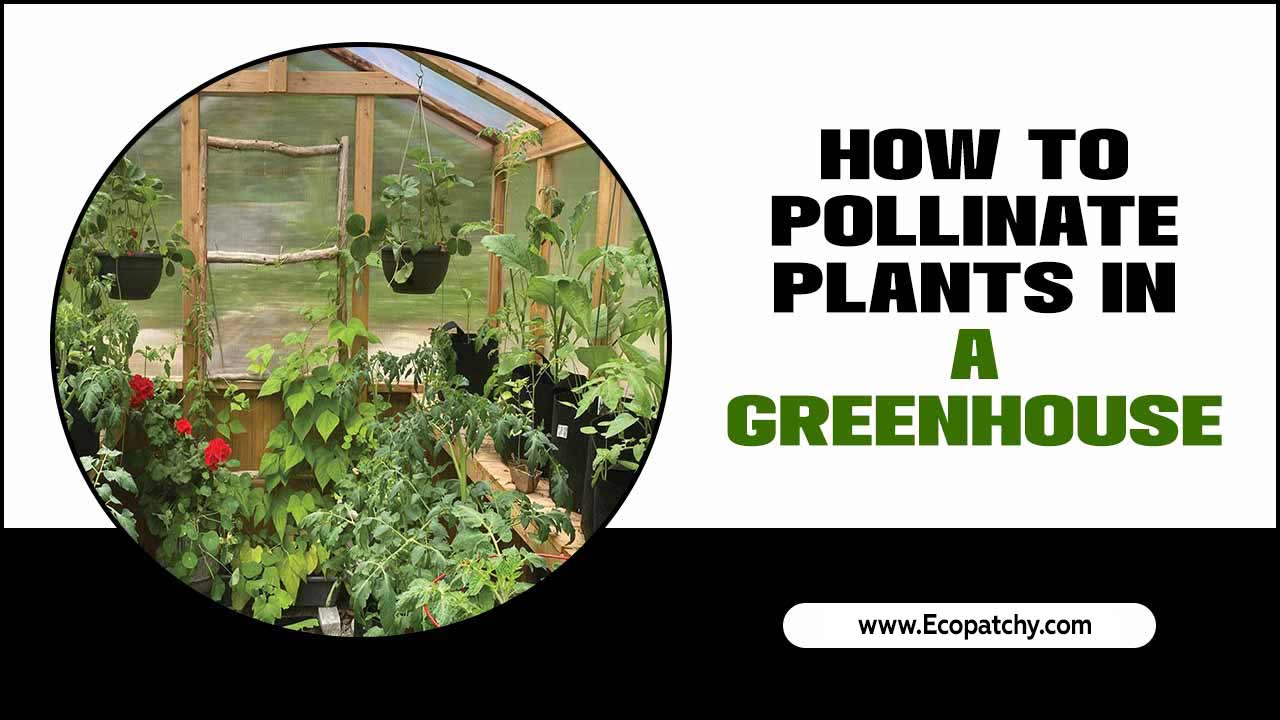Beekeeping has been gaining popularity in recent years and for a good reason. Not only does it provide us with honey, but it also helps in the pollination of plants and flowers, which is essential for a healthy ecosystem.
But have you ever thought about keeping bees in a greenhouse? Greenhouses provide a controlled environment that can benefit both the bees and the plants. In this blog post, we will cover everything you need to know about keeping bees in a greenhouse.
We will discuss the benefits of keeping bees in a greenhouse, how to prepare your greenhouse for beekeeping, selecting the right beehive, providing adequate ventilation, ensuring proper temperature and humidity levels, choosing bee-friendly plants, managing pests and diseases, harvesting honey and other bee products, and troubleshooting common issues. So if you’re thinking about starting your own greenhouse apiary or just curious about it, keep reading!
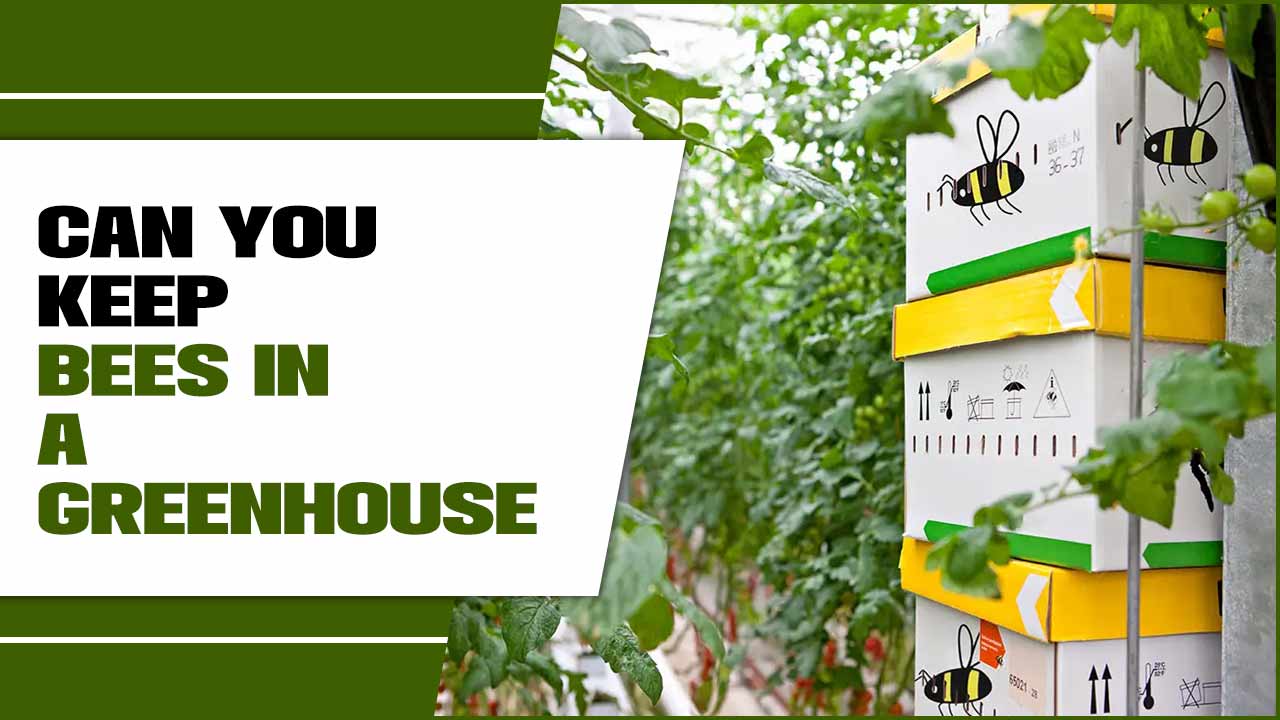
Importance Of Beekeeping In A Greenhouse
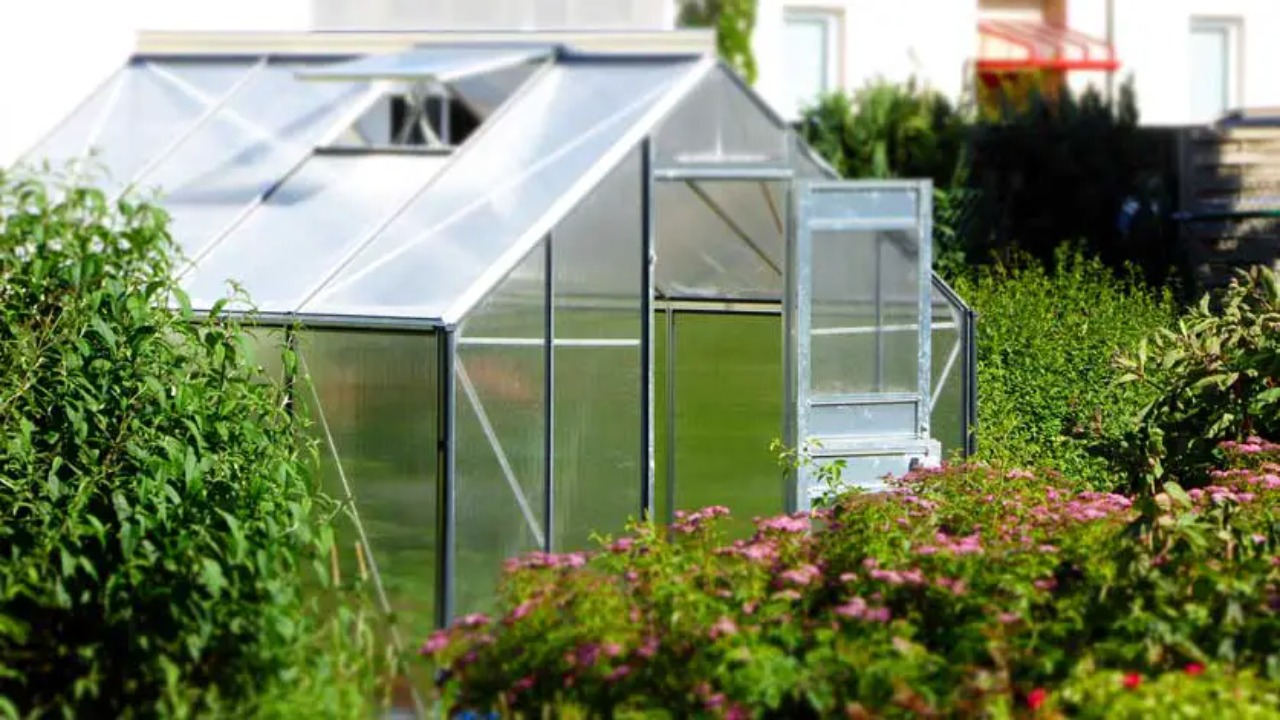
Bees, such as bumble bees, leafcutter bees, and mason bees, play a crucial role as natural pollinators in a greenhouse environment. Their presence increases pollination efficiency and crop yield by ensuring that enough flowers are pollinated, leading to fruit production.
Greenhouse beekeeping also helps maintain a natural pollination process, benefiting native bees and different plants in the greenhouse. It creates a self-sustaining pollination system, reducing the reliance on artificial pollination methods. This is especially important for greenhouse owners and growers who want the best way to ensure the success of their crops.
The efficient pollination provided by bees allows pollen grains to transfer from male flowers to stigma in female flowers, contributing to the reproduction of different plants. Beekeeping in a greenhouse has many benefits, but it’s essential to consider the cons as well, such as managing pests and diseases in an artificial environment. However, overall, keeping bees in a greenhouse is a good choice for maintaining a healthy ecosystem and maximizing crop production.
Benefits Of Keeping Bees In A Greenhouse With Bullet Point
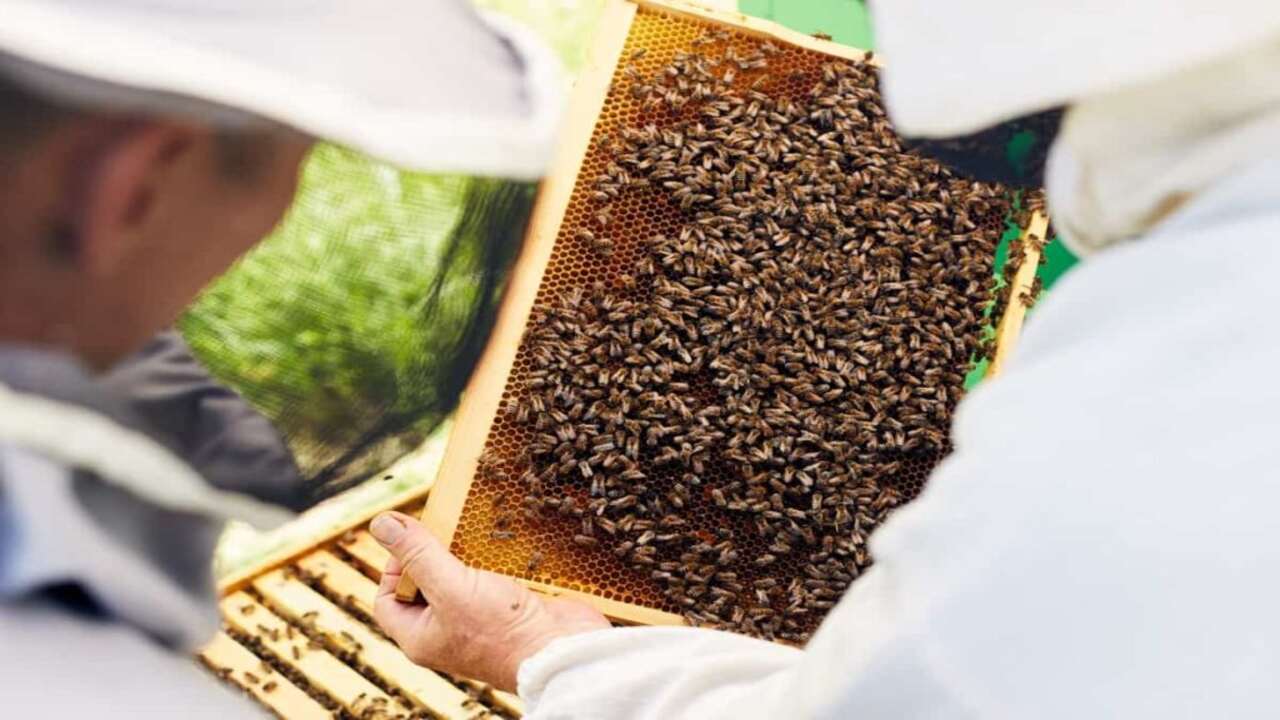
By keeping bees in a greenhouse, growers can benefit from increased pollination, an extended beekeeping season, and a reduced risk of disease. The controlled environment of a greenhouse provides better control over the beekeeping environment, allowing for optimal conditions and protection from pests and predators.
This makes greenhouse beekeeping a good choice for greenhouse owners who are looking to enhance pollination and maximize their crop yield. Here are some bullet points of benefits of keeping bees in a greenhouse:
- Increased Pollination: Greenhouses provide a controlled environment where bees can efficiently pollinate plants, leading to higher yields.
- Better Control Over The Environment: In a greenhouse, beekeepers have the ability to regulate temperature, humidity, and other important factors. This ensures that the bees have optimal conditions for their survival and productivity.
- Protection From Pests And Predators: Greenhouses offer protection against common pests and predators that can harm bees, such as ants and other insects.
- Extended Beekeeping Season: With a greenhouse, beekeepers can keep bees year-round, even during colder months when outdoor beekeeping may not be possible. This allows for extended beekeeping seasons and continued honey production.
- Reduced Risk Of Disease: The artificial environment of a greenhouse helps minimize the risk of disease transmission among bees, resulting in healthier colonies.
Preparing Your Greenhouse For Beekeeping
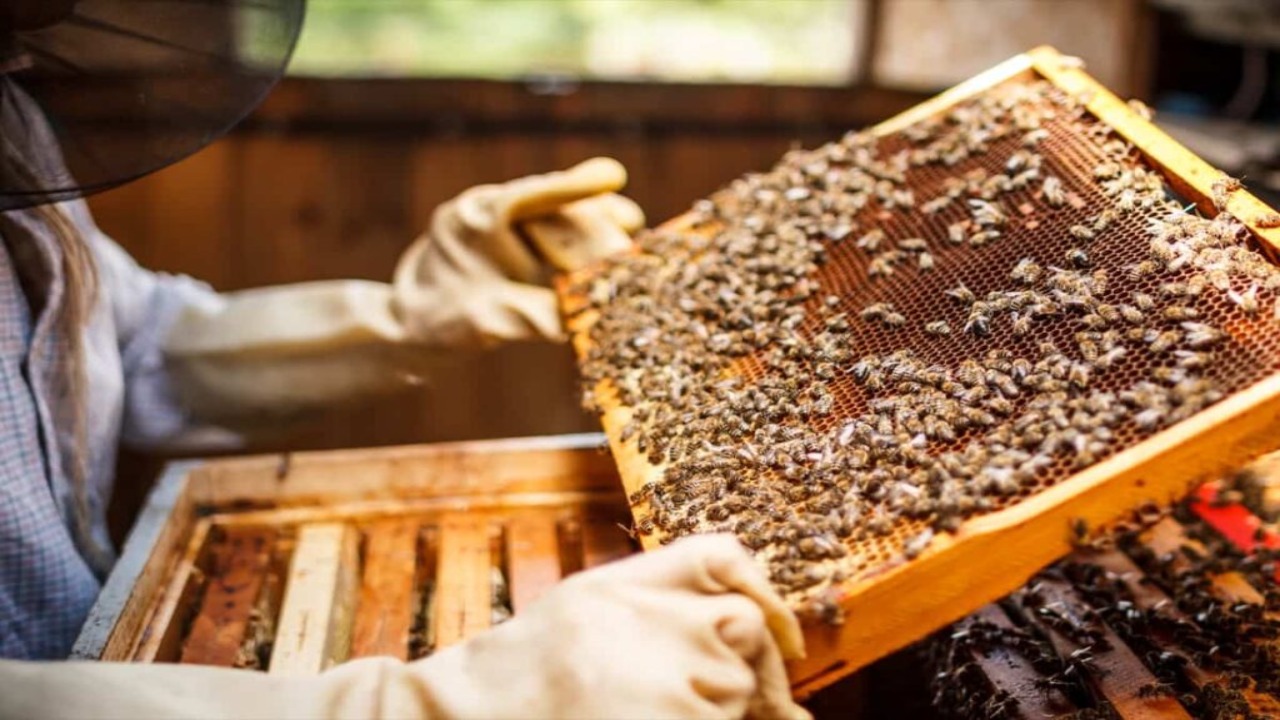
Preparing your greenhouse for beekeeping is an essential step in successfully keeping bees in this environment. By taking these steps, you can create a suitable environment for beekeeping in your greenhouse and contribute to the conservation of these vital pollinators. Here are some important considerations to keep in mind:
- Ventilation: Bees require proper airflow to maintain the right temperature and humidity levels within the greenhouse. Ensure that your greenhouse has adequate ventilation, such as vents or fans, to prevent overheating and condensation.
- Natural Light: Bees rely on natural light for navigation and foraging. Make sure your greenhouse provides enough sunlight or install artificial lighting if needed to mimic natural daylight.
- Plant Selection: Choose plants that are beneficial for bees and provide a diverse range of pollen and nectar sources. This will help support their health and productivity within the greenhouse.
- Pest Management: Implement an integrated pest management system to control pests and diseases without harming the bees or compromising the integrity of your greenhouse.
- Water Source: Bees need a water source to stay hydrated, especially during hot weather. Set up a shallow water container with floating objects like corks or stones to provide a safe drinking spot for them.
Selecting The Right Beehive For A Greenhouse Environment
When considering keeping bees in a greenhouse, it is important to select the right beehive that is suitable for this unique environment. One option to consider is the top-bar hive, which allows for easy management and inspection of the hive.
Another option is the Langstroth hive, which is widely used and provides a standardized system for beekeeping. Whichever type of hive you choose, it is essential to ensure proper ventilation within the greenhouse to maintain a healthy environment for the bees.
Additionally, be mindful of the temperature and humidity levels inside the greenhouse, as extreme conditions can have a negative impact on bee health. By selecting the right beehive and creating a suitable environment, you can successfully keep bees in a greenhouse setting.
How Can You Keep Bees In A Greenhouse: 5 Easy Ways
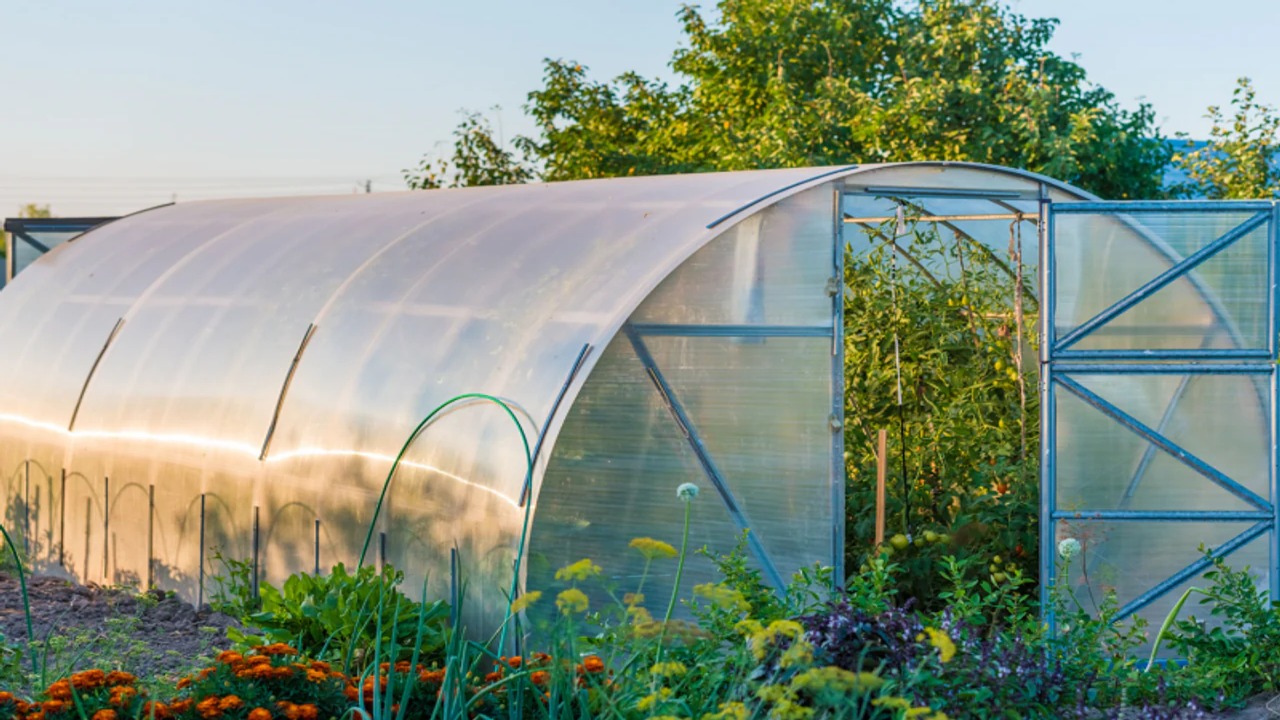
Proper ventilation is crucial when keeping bees in a greenhouse. Bees need fresh air to regulate hive humidity levels and ensure their well-being. Greenhouses offer a unique and controlled environment for cultivating plants, but have you ever considered keeping bees within this enclosed space?
Bees play a crucial role in pollination, which is essential for the growth and development of many crops. By keeping bees in a greenhouse, you can enhance the productivity and quality of your plants while contributing to the preservation of these vital pollinators. Here are discussions on how can you keep bees in a greenhouse: 5 easy ways.
1.Providing Adequate Ventilation For Bees In A Greenhouse

When considering keeping bees in a greenhouse, it is important to provide adequate ventilation for the bees. Bees require good air circulation to maintain their hive’s temperature and humidity levels. Without proper ventilation, the greenhouse can become too hot and humid, which can be detrimental to the health of the bees.
To ensure proper ventilation, consider installing vents or fans in the greenhouse to allow for airflow. Additionally, placing the hives near openings or entrances can also help promote air circulation. By providing adequate ventilation, you can create a suitable environment for your bees to thrive in a greenhouse setting.
2.Ensuring Proper Temperature And Humidity Levels For Bees
When considering keeping bees in a greenhouse, it is crucial to ensure that the temperature and humidity levels are appropriate for the bees’ well-being. Bees thrive in a specific range of temperatures, typically between 32 to 100 degrees Fahrenheit (0 to 37 degrees Celsius).
The greenhouse should be equipped with proper ventilation and insulation to maintain a stable and comfortable environment for the bees. Additionally, monitoring the humidity levels is essential as excessive moisture can lead to mold growth and negatively impact the bees’ health.
It is recommended to install a hygrometer to regularly measure and adjust the humidity levels as needed. By providing the right temperature and humidity conditions, you can create a suitable habitat for bees in a greenhouse setting.
3.Choosing Bee-Friendly Plants For A Greenhouse
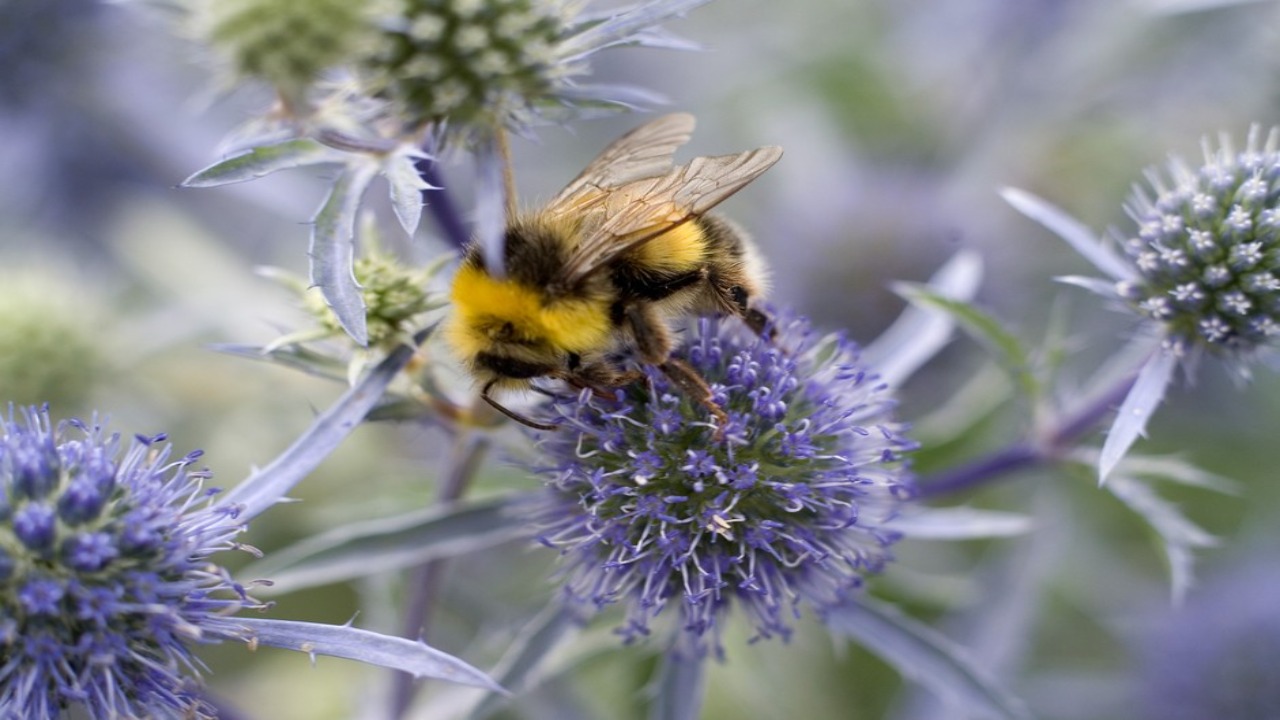
When considering keeping bees in a greenhouse, it is important to choose bee-friendly plants that will provide a source of nectar and pollen for the bees. Some popular options include lavender, rosemary, thyme, and marjoram. These herbs not only attract bees but also add beauty and fragrance to the greenhouse.
Other bee-friendly plants to consider are borage, sunflowers, and calendula. These plants have bright flowers that are rich in nectar and pollen, making them attractive to bees. By selecting a variety of bee-friendly plants, you can create a thriving environment for your bees in the greenhouse and support their well-being while enjoying the benefits of pollination for your other plants.
4.Managing Pests And Diseases In A Greenhouse Beekeeping Setup
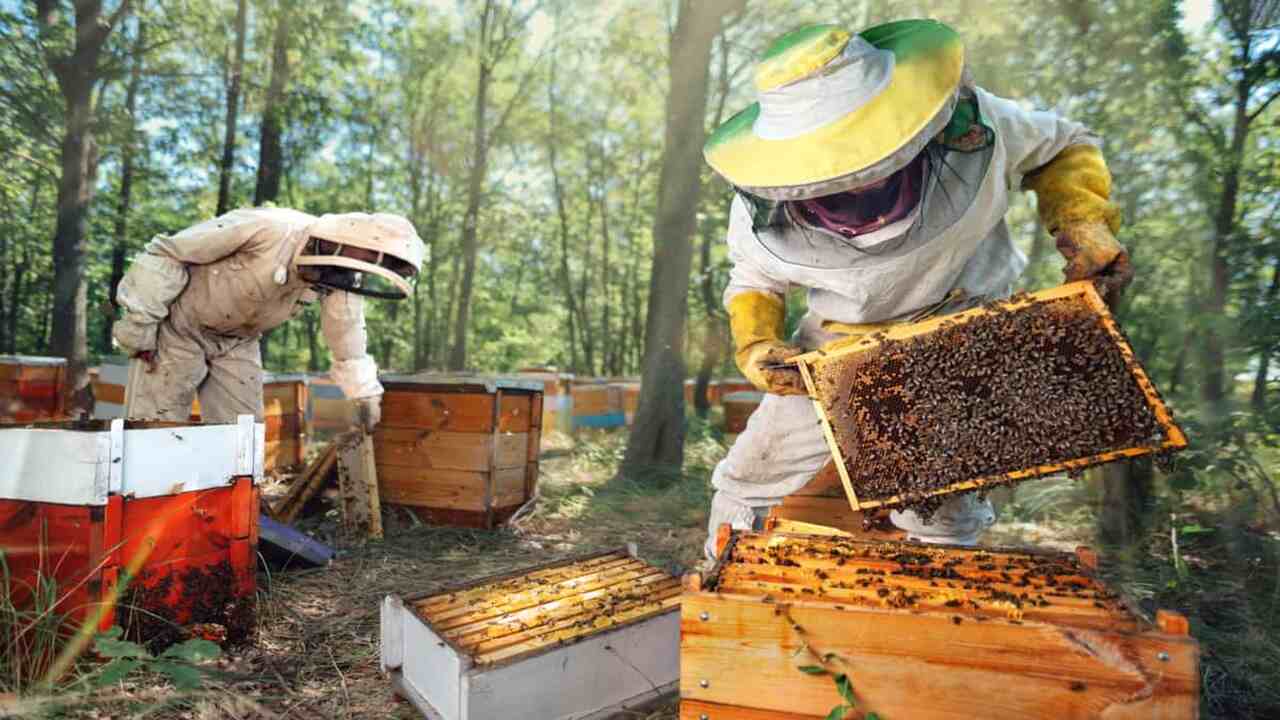
Managing pests and diseases in a greenhouse beekeeping setup is crucial to maintaining the health and productivity of the bee colony. Due to the enclosed environment of a greenhouse, pests and diseases can potentially spread more easily and have a greater impact on the bees.
Regular monitoring is essential to identify any signs of infestation or disease early on. Implementing preventive measures such as proper ventilation, maintaining cleanliness, and providing a balanced diet can help create a healthy environment for the bees.
Additionally, it is important to stay informed about common pests and diseases that may affect bees in a greenhouse setting and be prepared with appropriate treatment options if necessary. By taking proactive steps to manage pests and diseases, beekeepers can ensure the well-being of their bees and promote successful beekeeping in a greenhouse.
5.Harvesting Honey And Other Bee Products In A Greenhouse
Harvesting honey and other bee products in a greenhouse can be a unique and rewarding experience. However, it is important to consider several factors before keeping bees in this environment. Firstly, ensure that the greenhouse provides ample space for the bees to fly and forage for nectar and pollen.
It is also crucial to maintain proper ventilation to prevent overheating and ensure good air circulation. Additionally, be mindful of any potential chemical use within the greenhouse, as it can harm the bees and contaminate their honey.
Regular inspections and maintenance are essential to monitor the health of the hive and prevent pests or diseases from spreading. With careful planning and attention to detail, keeping bees in a greenhouse can offer a sustainable source of honey and other bee products while contributing to the overall health of your garden ecosystem.
Troubleshooting Common Issues In Greenhouse Beekeeping
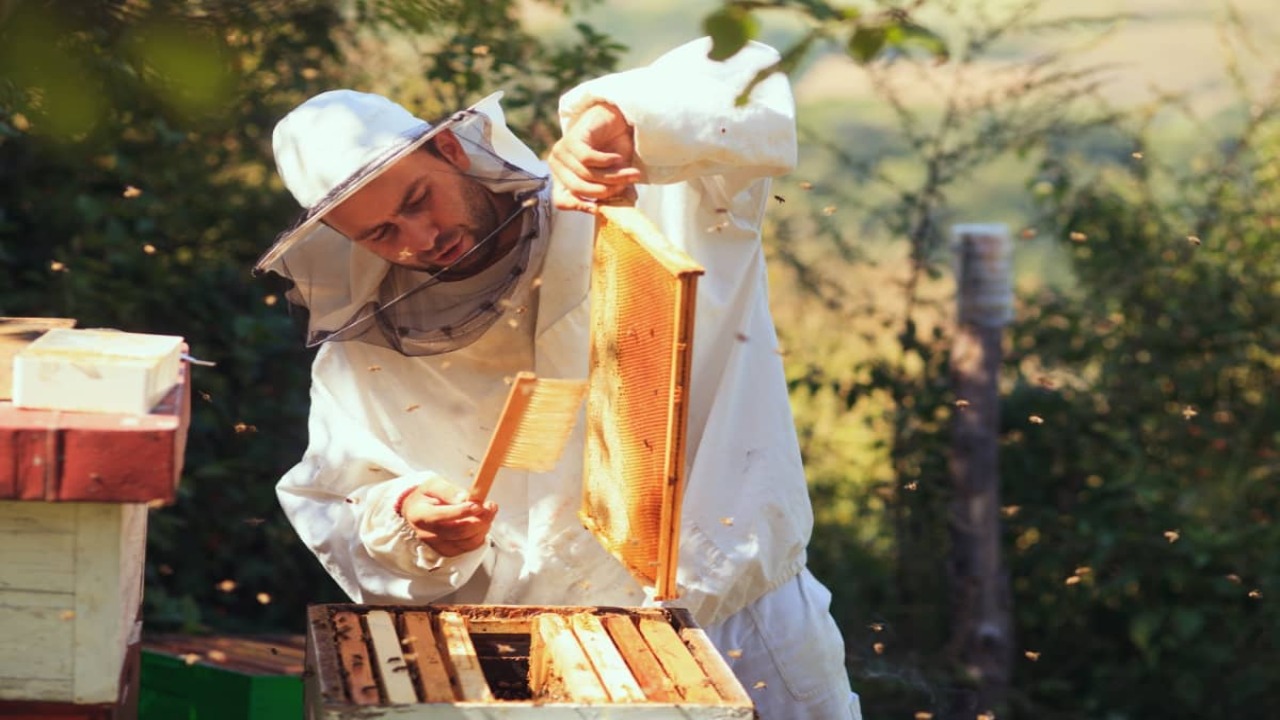
Keeping bees in a greenhouse can be a unique and rewarding experience. However, there are some common issues that greenhouse beekeepers may encounter. Here are some troubleshooting tips to help you address these challenges:
- Temperature Control: Greenhouses can create a warm environment, which may affect the temperature of the hive. Be sure to monitor and regulate the temperature inside the greenhouse to ensure it remains within the optimal range for beekeeping.
- Ventilation: Proper ventilation is crucial in a greenhouse to prevent excess humidity and ensure adequate airflow for the bees. Consider installing vents or fans to maintain proper ventilation and reduce the risk of mold or condensation buildup.
- Pollination: While having bees in a greenhouse can enhance pollination, it’s important to provide them with enough forage and variety of flowering plants. Be mindful of any potential pesticide use in your greenhouse, as this could harm the bees.
- Space Limitations: Greenhouses often have limited space, so it’s essential to plan accordingly and ensure that there is enough room for the bees to thrive. Consider using vertical space by utilizing stackable hive equipment or implementing innovative hive designs.
- Pest Control: Just like any other beekeeping operation, pests such as mites or wax moths can pose a threat in a greenhouse. Regular monitoring and implementing integrated pest management strategies can help keep these pests under control.
By addressing these common issues and being proactive in maintaining a suitable environment for your bees, you can successfully keep bees in your greenhouse and enjoy the benefits they bring to your gardening efforts.
Conclusion
Can you keep bees in a greenhouse can be a beneficial and rewarding endeavor. Not only does it contribute to the preservation of these important pollinators, but it also enhances the productivity and health of your greenhouse ecosystem. By providing adequate ventilation, maintaining optimal temperature and humidity levels, and selecting bee-friendly plants, you can create a conducive environment for your bees to thrive.
Additionally, managing pests and diseases and properly harvesting honey and other bee products are essential aspects of greenhouse beekeeping. However, it is important to be aware of and troubleshoot common issues that may arise. Overall, with proper care and attention, keeping bees in a greenhouse can be a successful and fulfilling experience.
Frequently Asked Questions
1.Should I Put Bees In My Greenhouse?
Ans: Considering the benefits of beekeeping in a greenhouse, such as improved pollination and increased yields, it can be a worthwhile endeavor. However, it requires careful management of temperature, humidity, and ventilation to ensure the bees’ well-being. Consult an expert before making a decision.
2.Can Bees Produce Honey In A Greenhouse?
Ans: Bees can indeed produce honey in a greenhouse. With access to flowers for nectar, the controlled environment of a greenhouse can benefit bee colonies. The flavor and quality of the honey can be influenced by the types of plants grown. Proper ventilation and temperature control are essential for bee health.
3.Can Bumblebees Live In A Greenhouse?
Ans: Bumblebees can indeed thrive in a greenhouse environment. These beneficial insects play a crucial role in pollinating greenhouse crops. By providing nesting places and food sources, you can encourage bumblebees to live and thrive in your greenhouse. However, it’s important to monitor their population and take steps to control pests and diseases that may affect them.
4.How Do You Use Bees In A Greenhouse?
Ans: To use bees in a greenhouse, it’s essential to understand their importance for pollination. Introduce them through hives or by renting them. Provide water sources and avoid harmful pesticides. Regularly monitor bee health and maintain a safe environment.
5.Beekeeping In Greenhouses?
Ans: Beekeeping in greenhouses is a viable option, but it requires proper ventilation and temperature control. Greenhouse beekeeping provides a controlled environment for bees, aiding in pollination and increasing crop yields. Regular hive management and inspections are crucial for successful greenhouse beekeeping.

